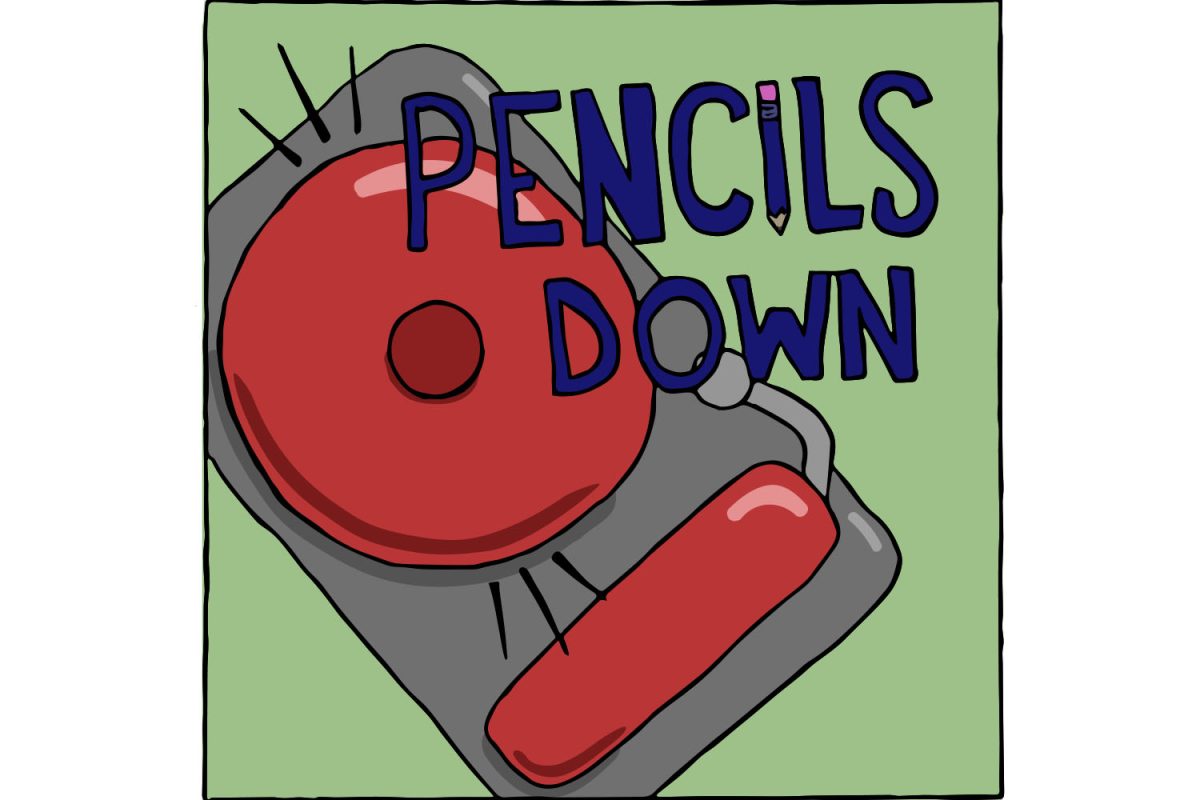It is no secret that Ithaca College is in serious financial trouble. In recent weeks, the college has announced that approximately 130 full-time equivalent faculty positions will be cut because of low enrollment and budget issues exacerbated by the COVID-19 pandemic. As the college goes through the process of reprioritizing and downsizing academic programs, there has been very little communication about how the Office of Intercollegiate Athletics will be impacted.
There are a few potential outcomes for the Bombers. First, athletics could continue to operate unscathed, an option that seems incredibly unlikely. Susan Bassett, associate vice president and director of the Office of Intercollegiate Athletics, said in May that the office would bear its fair share of the budget impacts. That could mean reduced coaching staffs and rosters, or it could mean cutting programs entirely. If cuts do occur, it is absolutely imperative that the office prioritize compliance with Title IX, the federal law that protects against gender discrimination in educational settings, including athletics, when decisions are made.
Even before COVID-19, the college’s compliance under Title IX was questionable. There are three possible ways for an institution to be compliant. The first, and most observable, is proportional athletic participation opportunities. This means that the ratio of male-to-female roster spots must be comparable to the school’s overall ratio of male-to-female students. In 2018–19, the college’s full-time undergraduate enrollment was approximately 57% female and 43% male, but only approximately 45% of roster spots were in women’s sports, according to the U.S. Department of Education Equity in Athletics Data Analysis.
The college can also comply with Title IX by expanding programs for women. The most recent sport added at the college was women’s golf in 2009, so that can be considered a recent history of increasing opportunities for women. However, if cuts do become necessary and any women’s rosters are reduced or programs are eliminated, the college will fall out of compliance.
The third way to comply is to fully accommodate the interests and abilities of the underrepresented sex, a requirement that would also be impossible in the event that rosters or teams are reduced.
Title IX requirements are often used by institutions as a scapegoat when men’s teams are cut. The University of Minnesota has faced public opposition for claiming that it had to eliminate men’s tennis, gymnastics and indoor track and field because of compliance concerns heightened by the financial struggles brought on by the COVID-19 pandemic. In an open letter to its athletic community, however, Minnesota essentially admitted to the truth.
“For the past few years, we had forecasted future sustainability issues, both financial and Title IX–related,” wrote Mark Coyle, director of athletics at Minnesota, in the letter.
The key phrase here is “for the past few years.” These cuts were not the fault of a global pandemic nor federal anti-discrimination laws. Minnesota mismanaged its budget and failed to address the issues that it has clearly been aware of for some time. When the Minneapolis Star Tribune discovered that the university planned to also cut 41 roster spots across women’s sports, it became apparent that this was not solely a Title IX issue. The blame for program cuts rests squarely on the institution’s financial decisions.
Ithaca College faced its fair share of questions about financial sustainability prior to the pandemic. Declining enrollment has caused problems for the college’s tuition-dependent budget model for years, issues that have only been worsened by COVID-19. Like Minnesota, the college failed to effectively address those problems earlier, so it bears the sole responsibility for any cuts that might occur within the athletics office.
Ithaca College is an educational institution first and foremost, so with such dramatic cuts across the academic sector, it is hard to imagine that athletics will not also be affected by this financial crisis. An Associated Press report in July found that 52 sports teams had been eliminated across Division III institutions. Still, the pandemic is not an excuse for Title IX compliance to be pushed aside. The college needs to prioritize equity for its women athletes when making these decisions.





